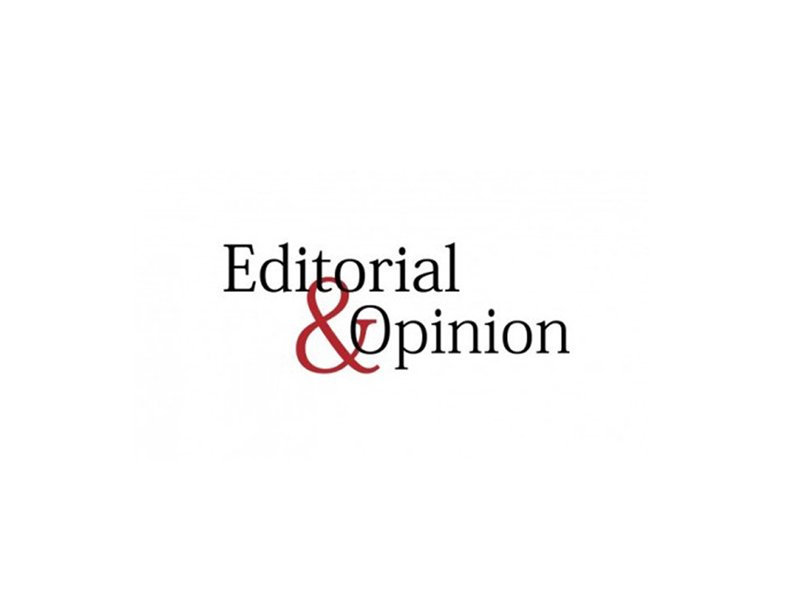
Despite this expenditure those that study fluctuations in poverty levels and quality of life say that there has been little or no change and that worryingly there has been a constant increase in inequality, the gap between those identifiably poor — and the strata above that are wealthier and not only in financial terms. Poverty is sectoral and multidimensional. Money is not the only factor; it can mean a poverty of education, health services or access and infrastructure.
Part of the reason for the low impact of expenditure is that salaries were paid in departments of health, education, law and order services and justice, and it is unexplained why social security spending actually fell by 18.5 per cent largely down to low spending in this bracket by Sindh. The finance ministry tracks expenditure, and poverty reduction analysis ‘clubs’ road building, environmental protection, education, healthcare, agriculture, rural development, law and order, justice administration and subsidies — which may be conveniently compact but does little to enhance the understanding of the layman. Poverty reduction needs to be addressed in a more ‘joined up’ manner than it is currently, and the latest figures tell us that the poor are always going to be with us.
Published in The Express Tribune, January 6th, 2018.
Like Opinion & Editorial on Facebook, follow @ETOpEd on Twitter to receive all updates on all our daily pieces.
1732521023-0/biden-(1)1732521023-0-405x300.webp)
1732520496-0/BeFunky-collage-(86)1732520496-0-165x106.webp)
1732519472-0/lamar-(3)1732519472-0-165x106.webp)
1732519298-0/BeFunky-collage-(85)1732519298-0-165x106.webp)








COMMENTS
Comments are moderated and generally will be posted if they are on-topic and not abusive.
For more information, please see our Comments FAQ